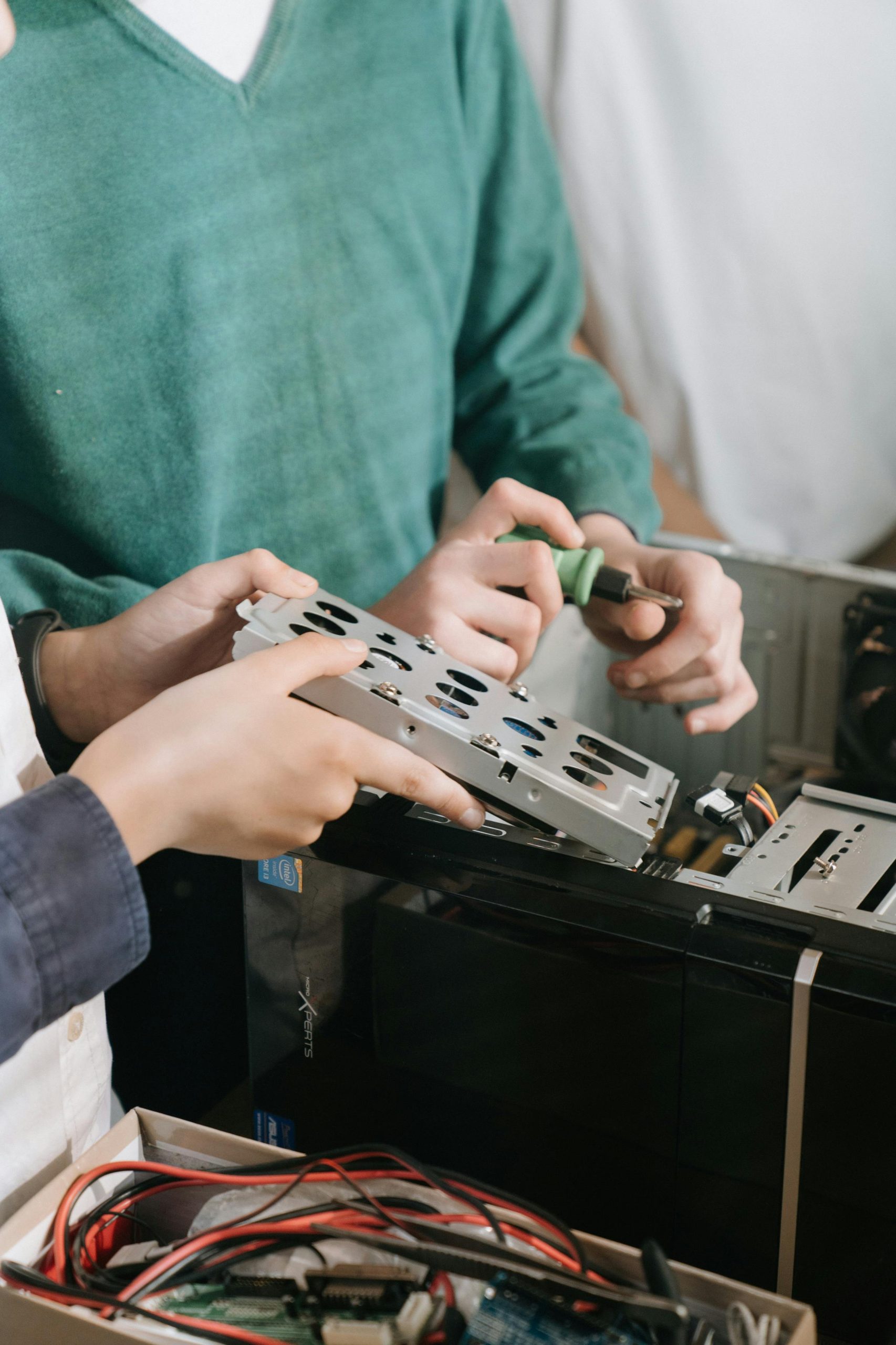Upgrading RAM in Your Laptop: A Guide to Moving from 8GB to 16GB
When considering a laptop upgrade, one of the most common enhancements is increasing the Random Access Memory (RAM). Many users explore options like purchasing a budget-friendly second-hand device and upgrading its components themselves. If you’re contemplating upgrading a Dell Inspiron 14 from 8GB to 16GB of RAM, here’s what you need to know to make an informed decision.
The Cost Difference and Your Options
Purchasing a second-hand Dell Inspiron 14 for approximately $400 can be a smart way to save money. However, the trade-off often lies in the device’s specifications—specifically, the amount of RAM. Upgrading from 8GB to 16GB of RAM can significantly improve multitasking capabilities and overall system responsiveness.
It’s worth noting that the 16GB RAM modules tend to be notably more expensive than their 8GB counterparts, with prices sometimes around $700 for the upgrade kit. This raises the question: Is it more cost-effective to purchase a pre-configured device with 16GB of RAM or to upgrade the existing one yourself?
Is Upgrading RAM Yourself Difficult?
For most modern laptops, upgrading RAM is a relatively straightforward process—provided you are comfortable with handling hardware components. The key steps typically involve:
- Checking Compatibility: Verify that the laptop’s motherboard supports 16GB RAM modules and that there are available RAM slots.
- Gathering Tools: Usually, a small Phillips-head screwdriver is required.
- Accessing the Memory Slot: This involves removing the bottom panel of the laptop, which is often secured with screws.
- Installing the RAM Module: Carefully insert the new RAM into the available slot, ensuring it clicks into place.
- Reassembling and Testing: Once reassembled, power on the device to confirm the system recognizes the upgraded RAM.
While this process is manageable for users with some technical aptitude, it’s essential to follow guides specific to your Dell Inspiron 14 model. Online tutorials and service manuals can be invaluable resources.
Cost-Effectiveness of Manual Upgrades
Doing the upgrade yourself usually saves money compared to purchasing a higher-specified device from the outset. However, it’s important to consider:
- Your Comfort Level: If you’re unfamiliar with laptop hardware, consulting a professional or technician may be advisable.
- Warranty Considerations: Opening your device could impact warranty status, so
Share this content:

